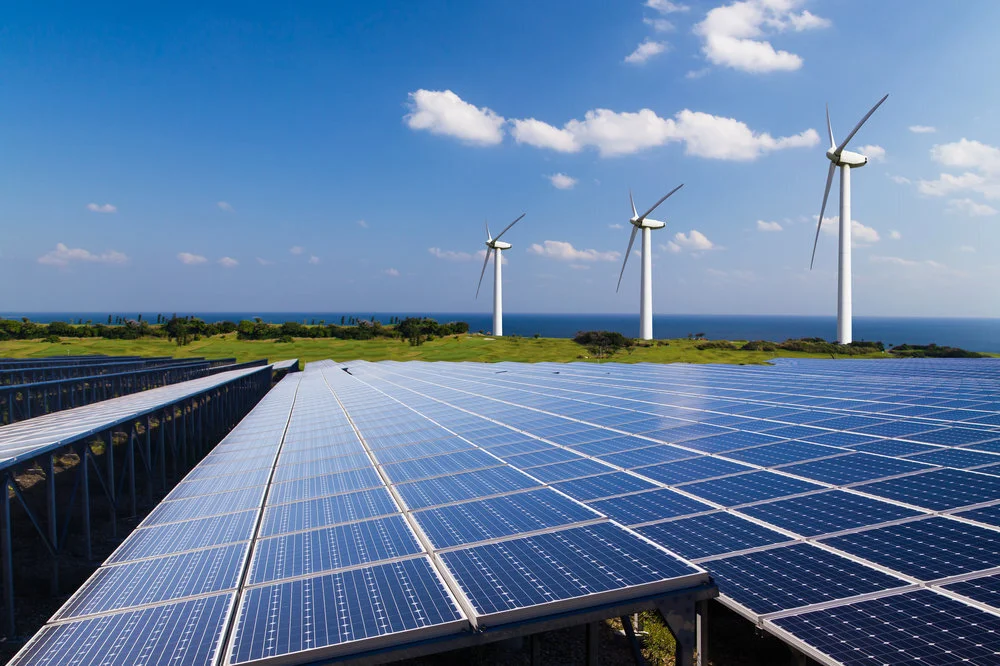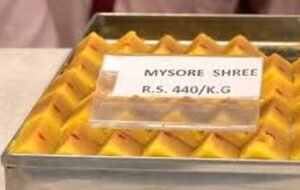
A Silent Solar Energy Revolution in J&K
How the Surya Ghar Scheme is Reshaping Power and Policy
CLAT Current Affairs 2026 | Renewable Energy and Governance
best online coaching for CLAT, online coaching for CLAT, CLAT current affairs 2026, solar policy India, Surya Ghar Yojana
Why in News?
The Union Government’s Surya Ghar Scheme is emerging as a transformative policy in Jammu and Kashmir, where large-scale adoption of rooftop solar panels is shifting the region from energy scarcity to renewable self-reliance. The article profiles Pradeep Kumar, a teacher from Kishtwar, J&K, who became one of the first in his district to install a rooftop solar photovoltaic (PV) system — symbolizing a quiet yet powerful change.
This shift is part of the broader national push to promote solar energy, improve energy access, and reduce dependence on fossil fuels. The Surya Ghar 2.0 portal, simplified subsidy processes, and large-scale solarisation efforts are driving this energy revolution.
Point-Wise Summary for CLAT Aspirants
- Human-Centric Lens: Pradeep Kumar’s Story
- Pradeep, a schoolteacher from Kishtwar, installed a rooftop solar system using part of his limited income.
- His intent: to ensure energy independence for his children, avoiding the burden of monthly power bills in the future.
- He represents a new wave of individuals viewing solar energy as a long-term financial investment.
- Energy Shift in J&K
- J&K has installed around 75 MW of rooftop solar capacity.
- The move comes after years of political turmoil, topographic challenges, and energy deficit.
- The removal of Article 370 catalyzed development efforts including energy infrastructure.
- Surya Ghar Scheme – A Game-Changer
- Offers subsidies for rooftop solar installations (e.g., ₹18,000 per kW).
- Surya Ghar 2.0 portal has streamlined the process with minimal physical verification and faster approval.
- CFA (Central Financial Assistance) is automatically credited to the beneficiary’s account within a month.
- Public Sector Leadership in Solarisation
- Government of India plans to solarise 22,500 public buildings.
- About 30% of these are already converted, adding 60 MW to capacity.
- PM-KUSUM Scheme in J&K
- Focuses on solarisation of irrigation pumps.
- Involves 23,000 locations across the state — including rice-growing belts of Jammu and saffron farms of Pampore.
- Challenges in J&K
- Difficult hilly terrain delays installation of larger (mega) solar parks.
- Identifying suitable land banks for solar parks is hard due to topographic and security concerns.
- Surya Ghar’s Impact on MSMEs
- Boosts local manufacturing of solar PV panels, creating jobs and reducing import dependence.
- Addresses the issue of China’s dominance in PV exports by encouraging Make in India production.
- Affordability + Sustainability
- The narrative is shifting from “solar is expensive” to “solar is future-ready”.
- Investments now viewed not only as environmentally sound but also financially wise.
- Prime Minister’s Vision
- Ties into Atmanirbhar Bharat — India’s vision of self-sufficiency.
- Encourages sustainable energy options for future generations.
- Call to Action for Future Energy Policy
- The author suggests India must focus not just on solar adoption but also on innovation in cost-efficient local manufacturing, design, and financing models to scale further.
Concept Notes & Glossary (For CLAT GK/Legal Reasoning)
Term | Explanation |
Solar Photovoltaic (PV) System | A technology that converts sunlight directly into electricity using semiconductors. |
Surya Ghar Yojana | A government scheme providing financial incentives for rooftop solar installations. |
Central Financial Assistance (CFA) | A subsidy provided by the government to reduce the cost burden on solar adopters. |
PM-KUSUM Scheme | A central government initiative aimed at solarising agricultural irrigation pumps and providing farmers with sustainable energy. |
Rooftop Solar | Solar power systems installed on the roofs of buildings for self-use and feeding excess power to the grid. |
Atmanirbhar Bharat | Government initiative for building a self-reliant India across manufacturing, energy, defence, etc. |
Relevance to CLAT 2026 Preparation
This topic holds multi-dimensional relevance:
Legal Awareness:
- Could appear as a passage or inference question under Legal Reasoning involving government schemes, energy laws, or environmental law.
- May involve analysis of Energy Conservation Act, 2001 or Electricity Act, 2003.
Current Affairs:
- A critical issue for CLAT Current Affairs 2026, especially concerning climate action and sustainable development.
- Topics like climate change, clean energy transition, local governance, and federal policy implementation could be tested.
Reading Comprehension:
- Ideal for creating CLAT-style comprehension passages involving data interpretation, public policy or grassroots transformation stories.
Conclusion
The silent solar revolution in Jammu and Kashmir represents far more than a technological shift—it marks a socio-economic and political transformation. With schemes like Surya Ghar and PM-KUSUM, India is not only solarising rooftops but also empowering rural households, boosting local entrepreneurship, and reimagining energy distribution.
CLAT aspirants must pay attention to how law and policy enable such revolutions. Understanding these narratives is essential for answering complex passage-based questions, writing essays, and developing a nuanced perspective on law in action.







